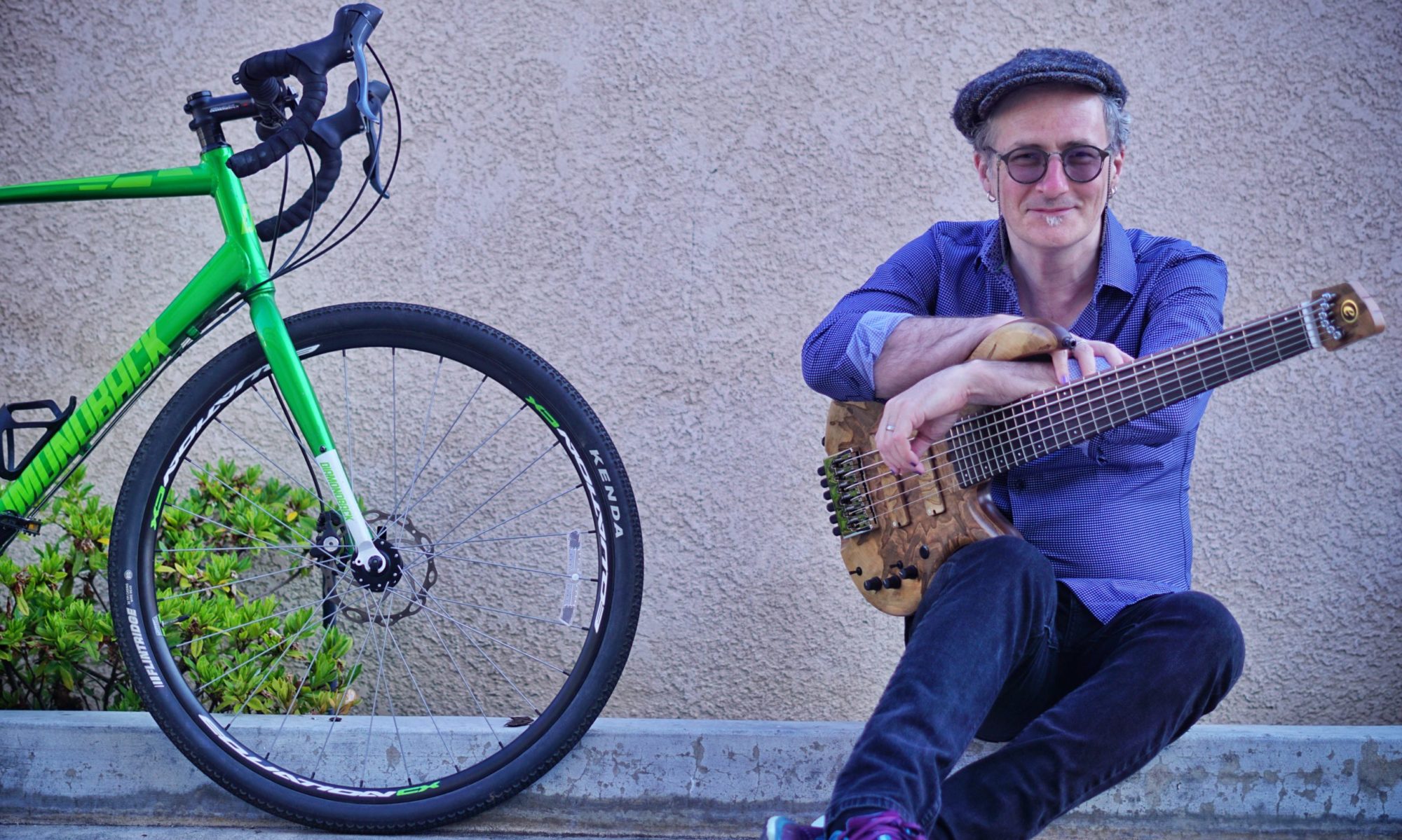I’ve just got in from playing my first ever open mic night. In Reading (Berkshire, not Pennsylvania). This follows on from a fun gig on Tuesday night in Croydon, at which I played solo, and then did the first New Standard set for over a year with Julie McKee. Much fun.
What is glaring – and really hard on the ears – at these gigs is how few people give any thought at all to what an acoustic guitar is capable of. Given the amazing beauty and variety of sound that can be pulled out of an acoustic guitar, it seems amazing, and a little bit horrifying, that so many people just hammer the living shit out of it with a pick/plectrum using the same strumming pattern for all songs, never stopping or employing any slight change of technique to shift the sound. Neither do so many of the acoustic guitarists one sees at these events bother to work out what they need to do to their guitar to make it sound like an acoustic guitar.
I’m not talking about virtuosic guitar monkeydom here – you don’t have to play like Eric Roche for your guitar playing to become listenable; just think a little about what the hell you’re doing.
The problem seems to be that the guitarists in question are missing the rhythmic support that hi-hats give them when playing with a drummer, and so seek to replicate that level of blanket rhythm with their guitar – hence the prevalence of strummed 16th notes. Strummed badly, I might add – strumming 16s well is a real art. Not many people do it well. Not many people even choose the right thickness of pick/plectrum to do the job, or strum in the right place on the guitar with the right grip.
You so rarely see an acoustic guitarist playing 8th notes (that’s quavers to you old-skool Brits) – even though it can completely change the feel of a song, more often that not for the better. Even rarer is the guitarist who can actually fingerpick. Or strum with their fingers, or do just about anything else other than strum poorly and quickly.
PLEASE, acoustic guitarists of the world, realise your chance to stand out from the crowd – it’s tempting to think that the world is flooded with acoustic guitar playing singer/songwriters, but very few of them are any good. Here’s a list of people to listen to for great acoustic guitar playing singer/songwriter ideas – some of them fairly simple, some of them not so simple – Paul Simon, Boo Hewerdine, Jonatha Brooke, Jackson Browne, Martyn Joseph, Iain Archer… pay particular attention to how they strum, how often they change it, how many strings they appear to be hitting when they are strumming, and the SOUND they get. If in doubt, turn down the mid range. That’s nearly always what makes your guitar sound like somone playing a washboard.
As for some ideas for what to do with your songs, in the spirit of Eno’s Oblique Strategies, here’s a list of ideas and approaches you can take to your acoustic guitar playing – pick three at random and apply them to the last song you played:
Only strum twice in each bar; don’t play the two thinnest strings at all; don’t play the two lowest strings; use your thumb and fingers to pick lots of notes simultaneously; change to a really light pick; change to a really heavy pick (be careful not to break your strings of you do this); play it like a bass; play as many open strings in each chord as you can; don’t play the same inversion of the same chord in the verse and chorus – make sure they are different; play electric guitar instead (you’d be amazed how cool solo voice+elec guitar can sound); use a slide; mute the strings with the palm of your hand; slow the song down by 20 bpm; speed the song up but play the guitar in half time; get someone else to play the guitar while you sing, just to see what they do with it; sing it accapella and add the guitar in only on the chorus to start with; strum really lightly with your thumb; switch to a nylon strung guitar…
…This last one about the nylon strung was inspired by Lo. who has the most gorgeous sounding guitar – a Takemine nylon strung acoustic. And she plays it in such a lovely variety of ways, mixing up techniques and ideas on every song, and rarely playing full chords, which makes it all the more dramatic when she does. It’s not a particularly virtuosic guitar display (though she does have some more twiddly instrumental stuff that’s rather lovely too), but it shows what can happen when your guitar sounds half decent and you put some thought into how to play it.
Of course, it goes without saying that all of these principles can be used by bassists too. :o)
And equally, you could just do mad shit with your guitar. That’s a perfectly valid route too. :o)
